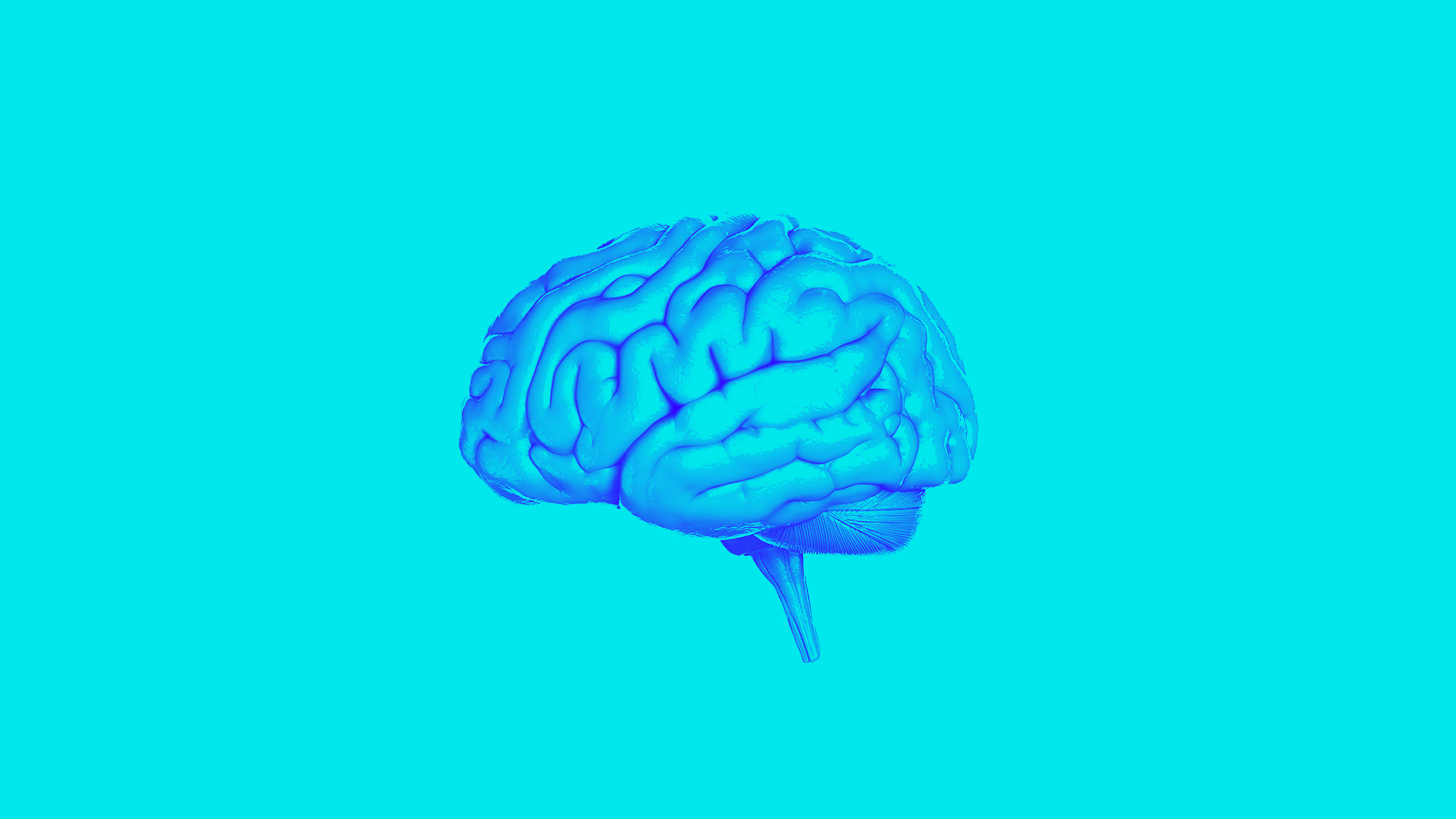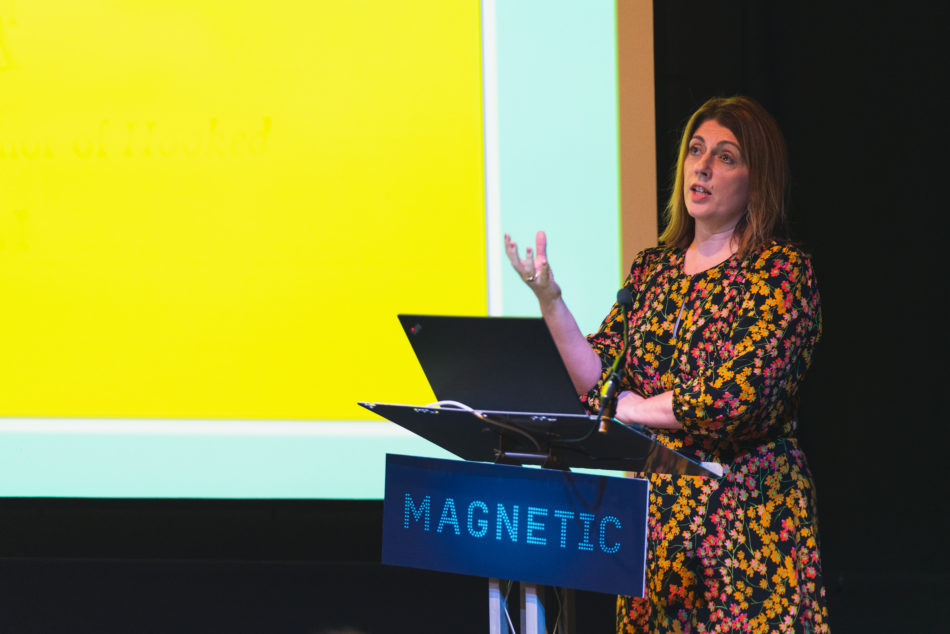Attention and the brain
In Brief
The body of evidence that magazine media offers advertisers quality attention is building. Magnetic’s ‘Pay Attention’ insight, the IAB’s ‘The Rules of Attention’ and Teads ‘Your Brain on Premium Content’ all reach similar conclusions about the value of quality editorial environments.
Attention to advertising happens in the minds of consumers, so what better way to further substantiate arguments about the quality attention that magazines provide than to look at brain responses.
Neuro-insight, the authors of ‘Attention and the Brain’, measure the impact of advertising on brain response by exposing consumers to creative executions in context whilst using a methodology called ‘Steady-State Topography’. SST records and measures electrical signals at the scalp in order to build a second-by-second picture of the brain.
Key Findings
Neuro-insight measure response in the right and the left side of the brain, both sides are important but play a different role with regards to memory. Left brain responses support memory for words and details, right brain support memory encoding for the overall feel of something, sounds, colours and holistic aspects.
- They found that advertising in printed magazines elicits a strong and differentiated right brain response which exceeds all other media types measured.
- This strong response is primarily driven by emotional intensity, measured in the posterior right hemisphere sites. Emotional intensity is the extent to which an individual is energised, captivated or engrossed by a particular communication. On this measure, magazine advertising outperformed all other media types (25% stronger than TV, 44% stronger than radio, 27% stronger than social media).
- When landing your brand message, getting the consumer to remember your brand is only part of the battle. Once the brand name is committed to memory, the challenge is to make the transition from a brand that the consumer has heard of to a brand that they see as relevant to them. This is where emotional intensity comes in.
- The strong emotional response to advertising elicited by magazines will add colour to perceptions of a brand, ultimately helping to influence purchase consideration.
Implications for Advertisers
This neuro-based evidence demonstrates the brand building strength of magazines to develop deep rooted emotional connections with consumers and we know from the work of Binet and Field that brand building is important when it comes to long term brand health.


